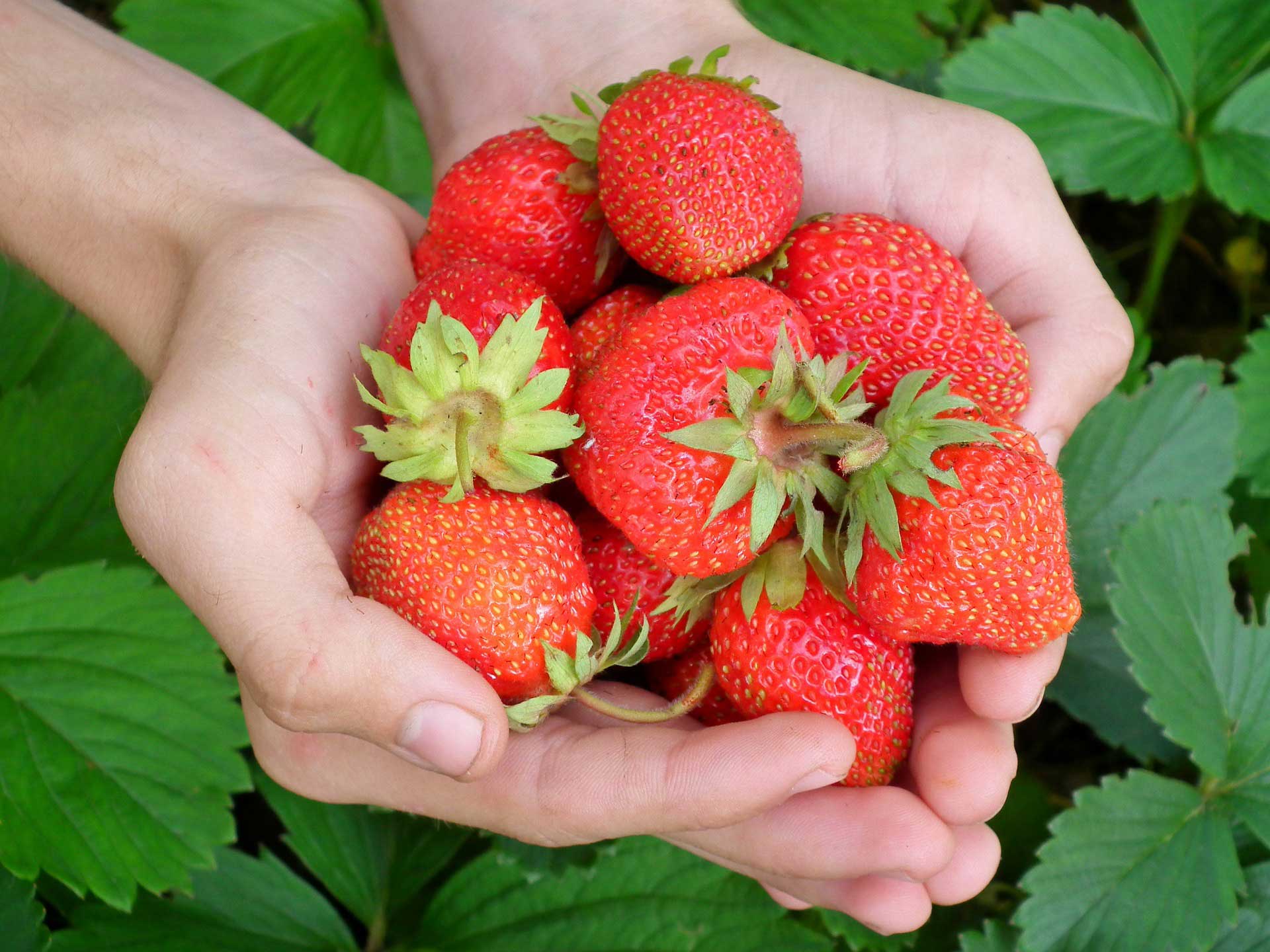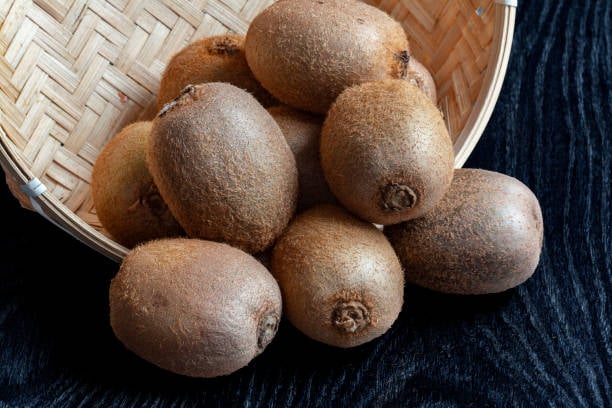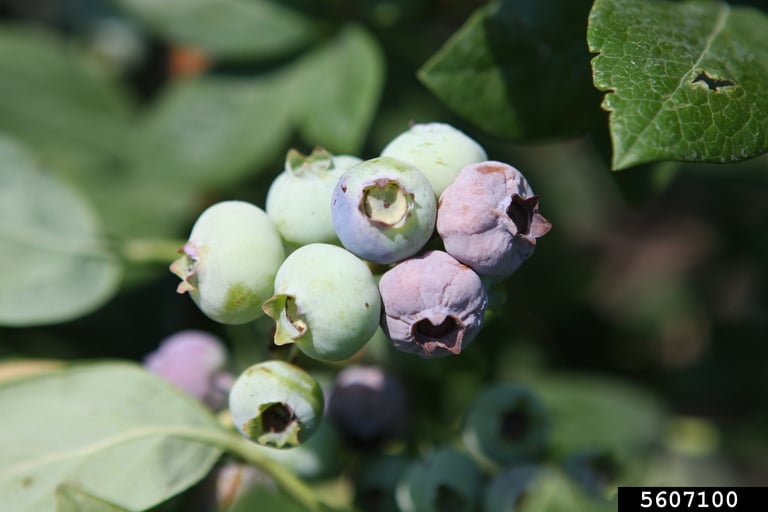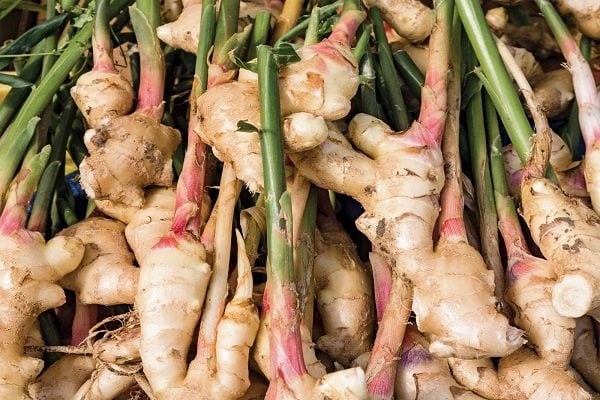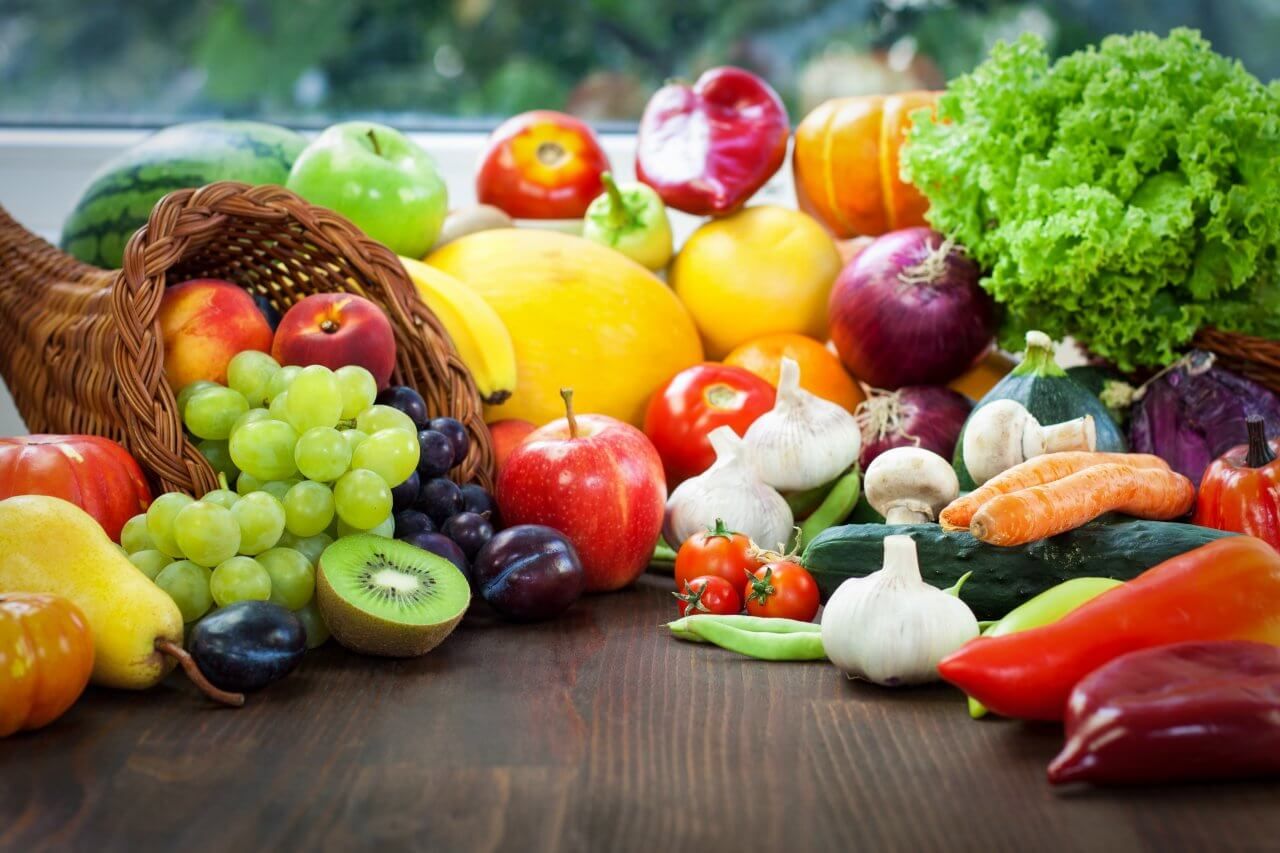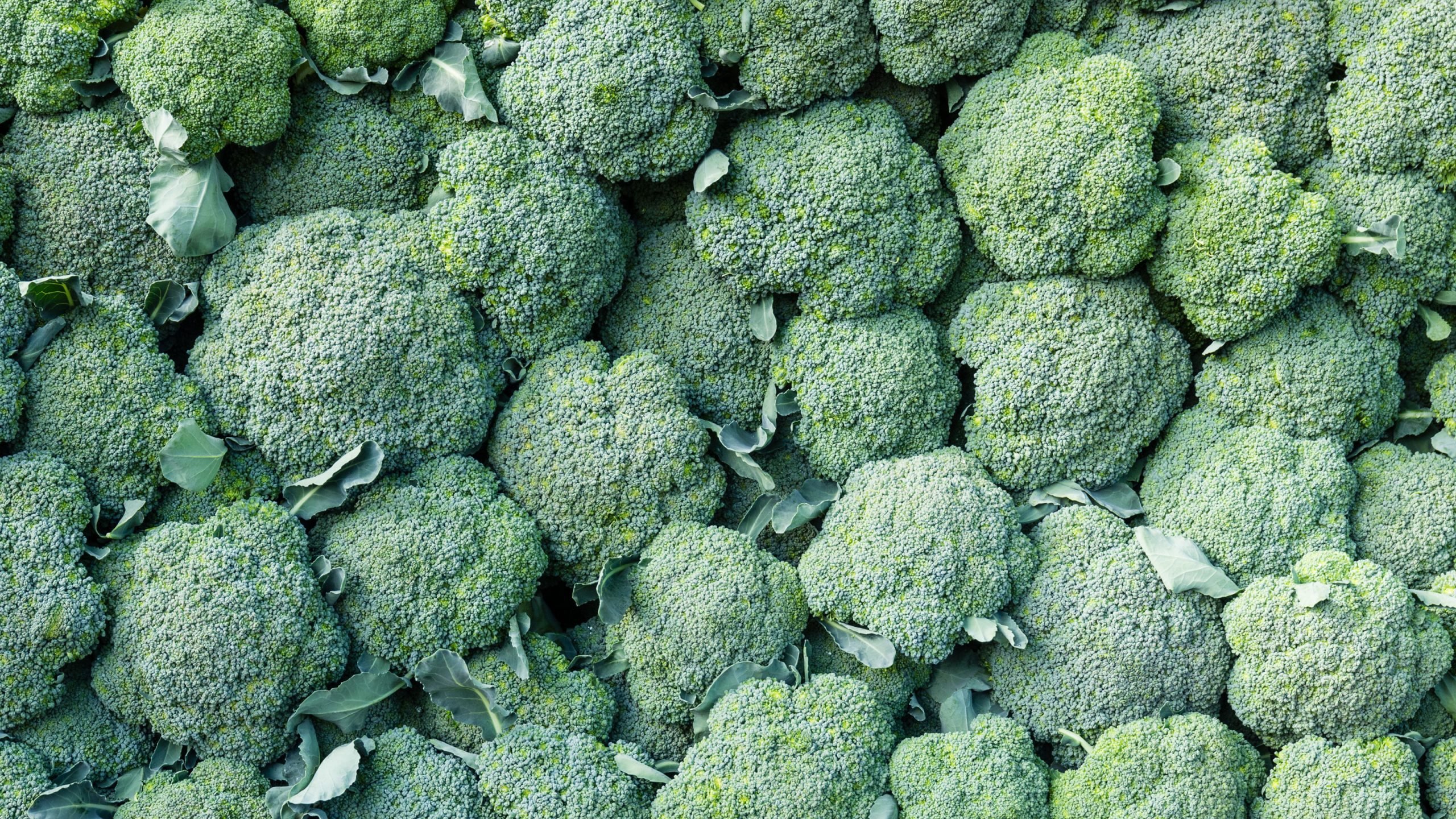When and How to Harvest Cabbage [Methods of Storing, Tips, FAQs]
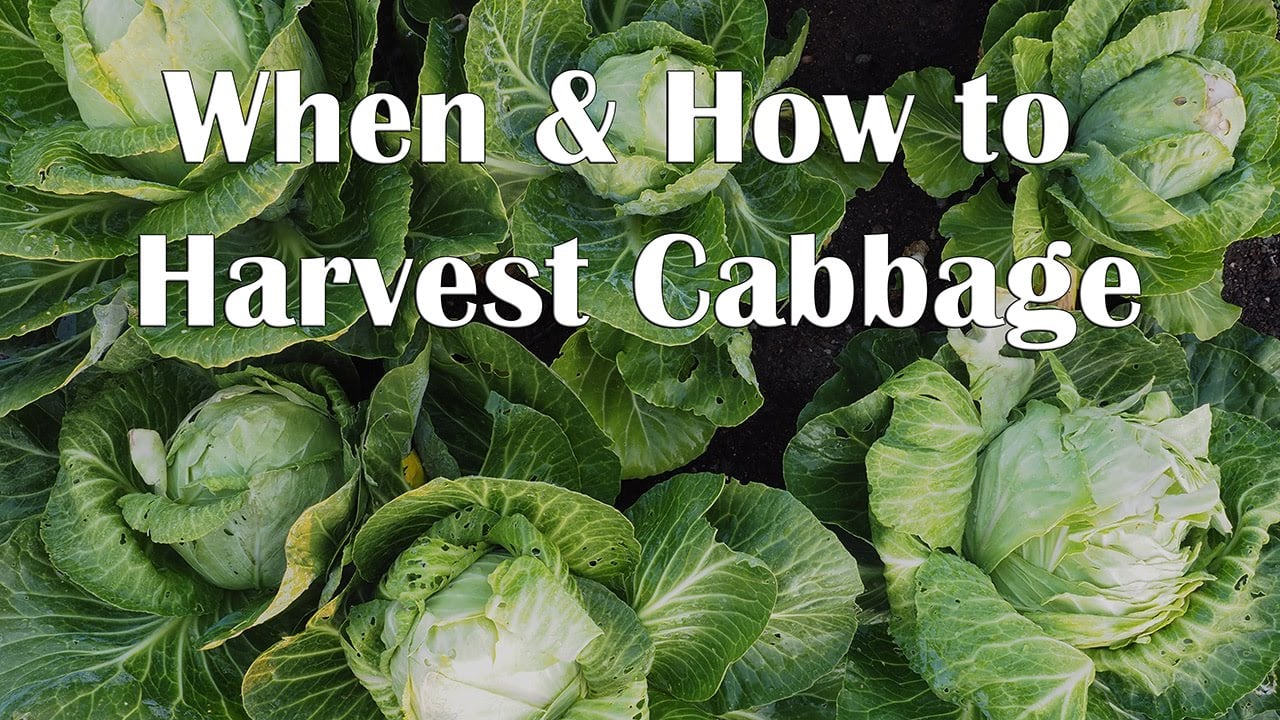
Table of Contents
Do you have cabbage growing in your garden and is curious to know when it’s supposed to be harvested? Cabbage is suited well to grow in the spring and fall seasons. Being a hardy, leafy vegetable, it stays well-protected even in colder seasons.
Knowing when and how to harvest cabbage is crucial as it ensures you get the most flavoured cabbage, with its nutritional element intact. When it comes to nutrition, cabbage is rich in various Vitamins like A, K, C, and B6, and even dietary fibre. To get the best culinary experience, it’s recommended to harvest cabbage at the right time.
Are you ready to bring cabbage from the garden to your plates in the form of mouthwatering dishes or soups? In this blog, we will cover how to harvest cabbage and when to do it.
Let’s get started!
When to Harvest Cabbage
1. The Right Timing
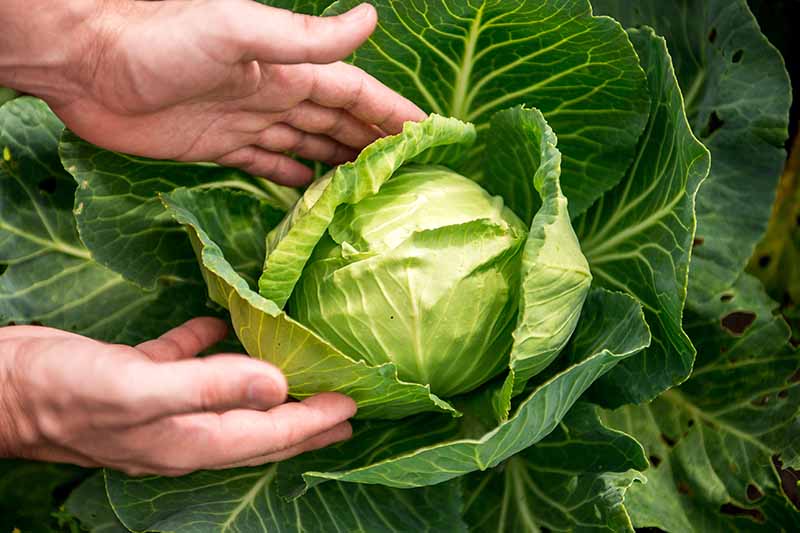
There are several varieties of cabbage existing worldwide. It’s crucial to know which variety is planted in your garden because some varieties should be harvested as soon as they are ready, while others can stay in the field for weeks. If you bought the seeds online, please check the package for information pertaining to this. The right timing to cabbage harvesting is important to keep the freshness, nutritional content, and longer shelf life intact. Moreover, the timing depends on the variety of cabbage you sow. Some cabbages are ready in just 80 days when planted from seeds, while some can take 180 days when planted through the same method.
One important thing to note is when Cabbage is ready to be harvested; they are extremely vulnerable to rain. Because the mature heads of cabbage can be split into parts due to rain or overwatering, this will make your hard-grown cabbage inedible.
2. Examining the Garden Patch
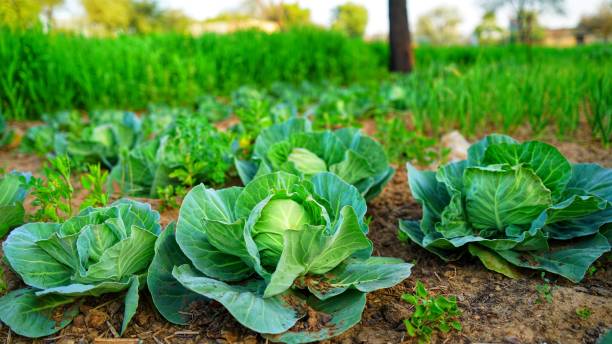
Take a walk in the garden and examine your cabbages to understand their harvesting needs better. This might seem like an extra step that is not very important, but let me convince you why this is important. There are various reasons to do this.
- Not all cabbages are ready to harvest at the same time. Due to different varieties, you should step into the field and examine what cabbages are ready. Some variety of cabbages are even ready when their head is firm, but the overall size of the cabbage is very less. However, there is some variety of cabbage that is ready when they are the size of a football.
- The best way to verify whether your cabbage is ready to harvest or not is by examining the heads. If the head feels hard all the way through, it’s likely that your cabbage is ready to harvest. Just give it a squeeze and verify if you’re unsure to see the hardness.
- Another thing you will see while examining your garden is the presence of cracked leaves in some of the cabbages. If you see the leaves of the cabbage starting to break, this is the sign that your cabbage is ready for harvesting. Remember that once the cabbage is split apart, it will be considered too late for harvesting.
3. Squeezing the Head
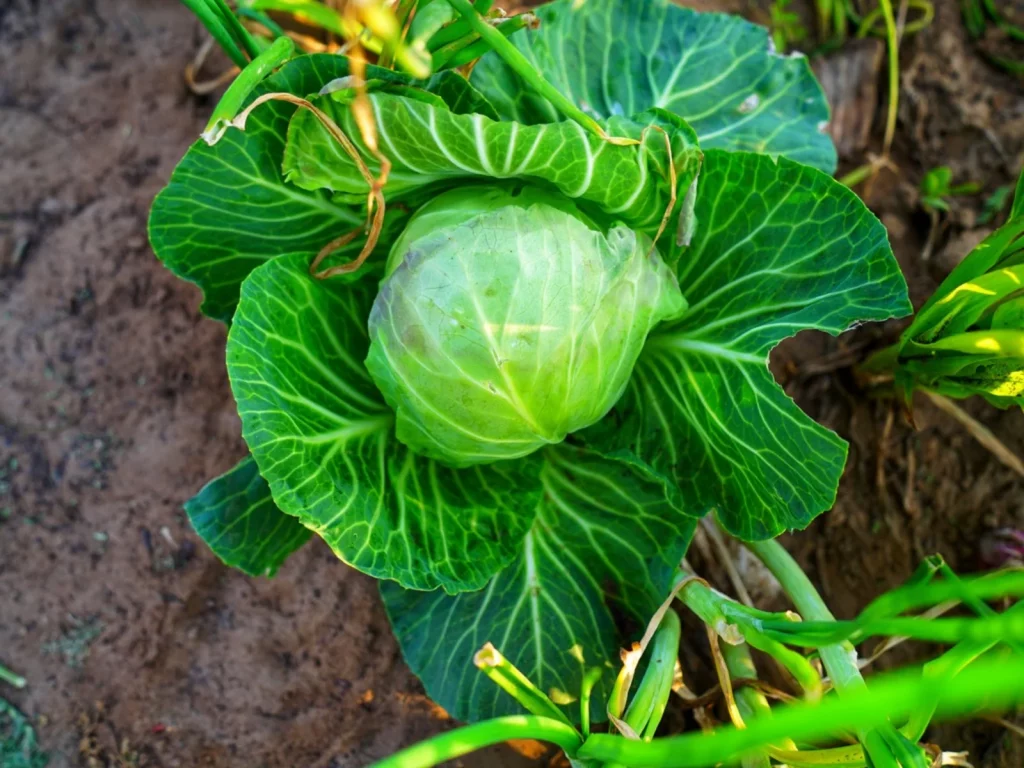
As we talked briefly about this above, it is a sure-shot way to determine the readiness of cabbage. But do remember that not all cabbages have similar sizes of heads. The size of the head varies depending on the variety. However, the technique to check the readiness for harvest is the same. You just need to squeeze the head and see if the head is firm or feels sponge-like. If you notice that the heads are firm all the way through, then that is a sign of cabbage being harvest-ready!
Sometimes it happens that the cabbage was ready to harvest, but you forgot about it. What are the options available to you at this point? If you let the harvest-ready cabbage stay in the ground, it will split open and become too hard to eat. But don’t worry; it’s not the end of the world. What you need to do is cut away all parts of the cabbage leaves and everything and only spare the edible part of the cabbage, which should be a little tender.
Now that we have covered the basics of harvesting cabbage let’s get to actually doing it on the ground!
How to Harvest Cabbage
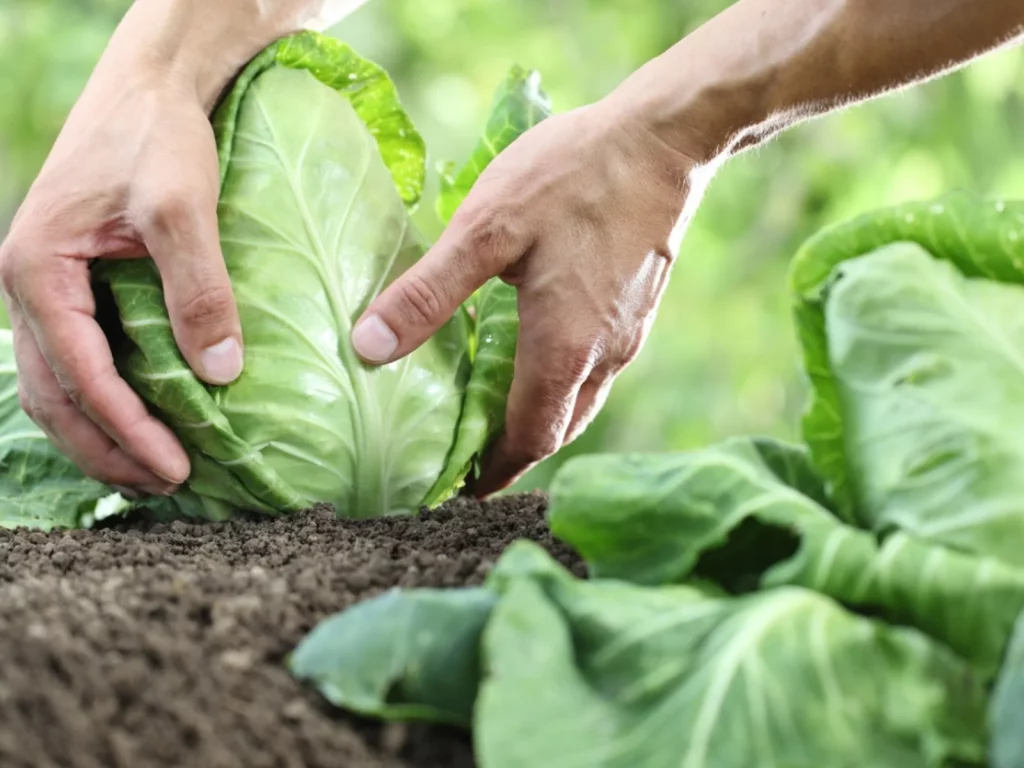
When it comes to harvesting cabbage, you have many options. However, what we suggest is you do your cabbage harvesting early in the morning because the temperature is mostly at the lowest, and the leaves don’t wilt at that time. When leaves are not wilted, it makes it easier for you to harvest. Coming to the options of harvesting, you will be rewarded with a nursery and continued harvest at least one more time if you choose to cut the cabbage from the stem rather than pulling the entire plant.
To cut the cabbage, use a sharp knife or loopers to cut the base of the cabbage and leave only a few inches of stem and keeping the leaves intact. In this method, the roots and the foundation of the plant exist, even when you harvest the cabbage. This ensures that you can have a nursery full of cabbages again. In just around 2 weeks, you will be able to see the growth of new buds; thank you for not cutting them off!
It’s to be noted that this harvest won’t be as big as the previous one, but it will still be edible.
Another way is to pluck out the cabbage simply. In loose soil, you will most probably take out the roots, and the whole Cabbage plant will cease to exist. Don’t be disheartened if you cannot pluck it in one go; you’re still strong; you just need to twist your wrist and then pull the cabbage. We know you got this.
What Are the Tools Needed to Harvest Cabbage?
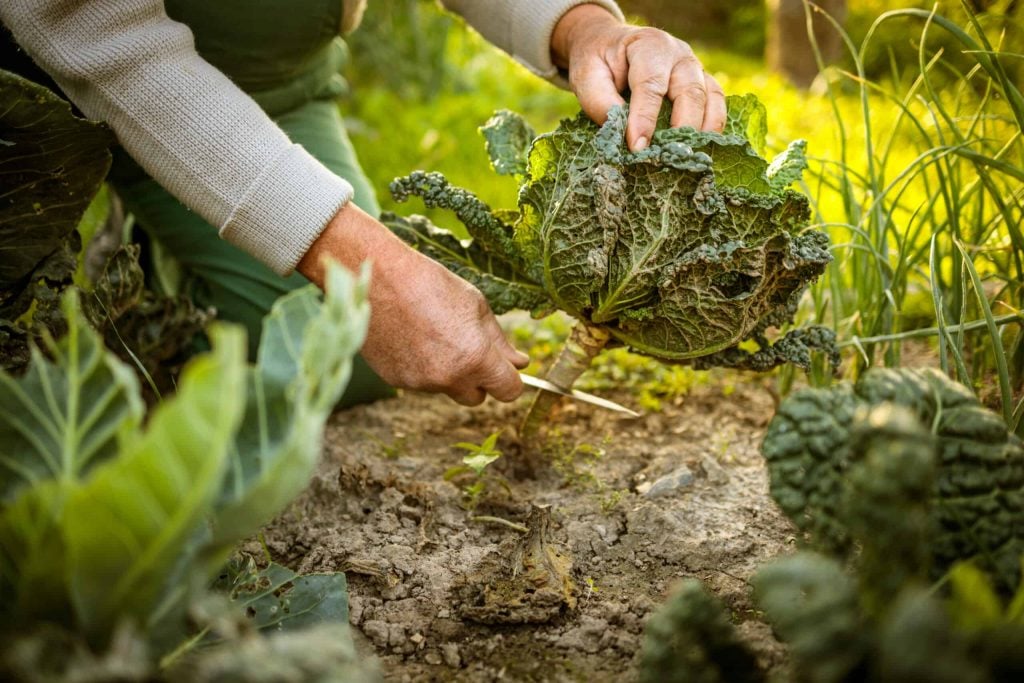
The good thing is you might not require any additional tools for harvesting cabbage. There are some tools available, like special cabbage knives, to make your work easier. Moreover, you’re not dealing with commercial cabbages; you don’t need commercial-grade equipment like a cabbage harvester which makes the work much easier since it can harvest cabbages in bulk without you even breaking a sweat.
Since you are most probably looking at a limited number of cabbages, we suggest you don’t invest in such heavy machinery. However, we strongly recommend you buy gloves to protect your hands from getting dirty and hurt. It will also protect you from pests and diseases crawling up your hands.
How to Store Harvested Cabbage?
Once you have harvested your cabbage successfully, it’s imperative that you store it in a proper way to keep its longevity, taste, flavours, and nutritional value intact. Freshly harvested cabbage can easily last 1 – 2 months if kept in the refrigerator. Like potatoes, it’s also recommended to store them unwashed and only wash them when you’re ready to consume them.
There are various techniques you can use to harvest your cabbage for a long time.
Let’s discuss some of the harvesting methods below:
1. Freezing
To start with freezing your harvested cabbages, it’s not as simple as stashing all the cabbages in the refrigerator without any precautions. You need to follow a process to store it appropriately. The first thing you need to do is remove any yellow, broken, wilted leaves from outside the head. This will make the head more exposed. It’s essential that you wash it so that any bugs or pests hiding inside can be removed. Soak the cabbage in salt water for 30 minutes. Cut the head of the cabbage into various parts to store it.
You can also try blanching your cabbage if you want it to remain edible for a longer period of time. Blanching is a process where you put your vegetables in boiling water for 90 seconds and then immerse them in ice-cold water the next. For instance, blanched cabbages will remain edible for nine to fourteen months. Whereas non-blanched cabbage will have to be used within four to eight weeks.
2. Dehydrating
Another way to effectively maintain the freshness of the cabbage is to dehydrate it. To start this process, you need to slice your cabbage into thin strips so that it can be dehydrated easily. You need to place those thin strips on the dehydrator trays in your refrigerator.
The recommended temperature to dehydrate your cabbage is 125-135°F for around seven to eleven hours to achieve the best results. Now that your harvested cabbage is dehydrated. The next question that comes to mind is, how to store dehydrated cabbages? You can simply store your dehydrated cabbage in vacuum-sealed bags so that no moisture can get inside, or your cabbage runs the chance of getting split open.
3. Fermenting
Fermentation is a traditional technique used to store cabbage and other vegetables for long periods of time without refrigeration. Cabbage is a particular vegetable that is good for fermentation because it contains naturally occurring lactic acid bacteria, which help to kick-start the fermentation process. To start fermenting your harvested cabbage, you will need some basic equipment, including a large glass or ceramic jar, a weight (such as a smaller jar filled with water), and a cloth or lid to cover the jar.
To start, remove any damaged outer leaves from the cabbage and cut it into thin slices or shred it with a knife or food processor, as we talked about in the process of dehydration. What you need to do is take a large bowl, sprinkle salt over the cabbage, and mix it in with your hands, using enough salt to create a brine that will cover the cabbage once it is packed into the jar.
Pack the cabbage into the jar, pressing down firmly with your hands or a tool to remove any air pockets. Leave the jar in a cool, dark place to ferment for several days or even weeks, depending on the temperature and the desired level of sourness. The cabbage will begin to release gas as the bacteria start converting the natural sugars of the cabbage into lactic acid, creating an acidic environment that preserves the cabbage once the fermentation process is complete. The fermented cabbage will keep for several months or even longer.
4. Using Root Cellars
In the modern lifestyle, it’s hard to find root cellars in homes. But traditionally, in many cultures of the world, they were the first preference for storing vegetables for months since there were no refrigerators. Even in contemporary times, countries like Korea and Japan use cellars as a way to keep vegetables and fruits safe and edible for longer periods of time.
However, in the case of cabbages, you need cool and damp places to store them. In the case of root cellars, you need to space out the heads of the cabbages approximately 2-3 inches apart. Wrap them in the newspaper and place them nearby. This is crucial because if one head goes bad, it won’t be able to contaminate others. Unless the leaves of the cabbage are damaged or severely wilted, keep them intact, as they can protect your cabbage head from possible physical damage.
To extend the life of your cabbage, it’s recommended to store your cabbage between 32 degrees to 40 degrees Fahrenheit. And you also should aim for 95% relative humidity.
Summing Up!
All in all, we have extensively talked about harvesting cabbage in much-needed detail. Harvesting cabbage in the right way is as crucial a step as growing them properly. It ensures that you get the best yield and quality. Knowing when to harvest cabbage is key to getting the most out of your crop. The best time to harvest cabbage is when the heads are firm and solid, and the leaves have formed a tight ball.
It is important to be gentle when harvesting cabbage, using a sharp knife to cut the stem just above the lowest leaves so that you can enjoy even the second harvest, too, even if it’s smaller in size. After harvesting, store your cabbage in a cool and dry place to prevent wilting and spoilage.
With proper harvesting and storage techniques, you can enjoy cabbages for a longer period of time.
Frequently Asked Questions
How Do You Know When Cabbage Is Ready to Pick?
There are several varieties of cabbage growing around the world. But there are common telltale signs of knowing whether your cabbage is ready to harvest or not. Look out for cabbages whose heads are tight, feel firm when squeezed, and are about four to ten inches in diameter. Then you can easily harvest the cabbage by cutting the stem just below the head.
Does Cabbage Grow Back After You Pick It?
Cabbage can be harvested in two ways. One, by plucking the whole cabbage with roots and everything out. Second, harvesting the head by cutting the stem. Cabbage will only grow if you harvest using the second method, as there will be roots, some stem and leaves intact, as we talked about in the blog above.
Can You Harvest Individual Leaves of The Cabbage?
Yes, you can harvest cabbage leaves, but there is a right time. You can harvest and eat the cabbage leaves which didn’t form the head yet. Because when the head starts growing, the leaves will become more compact, trying to protect the head. So it’s essential to harvest the leaves at that time. You can use cabbage leaves in various dishes like kimchi, cabbage chips, coleslaw, etc.

